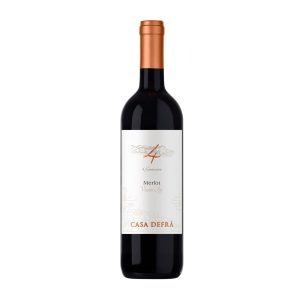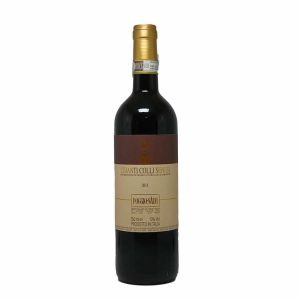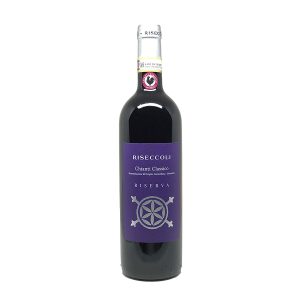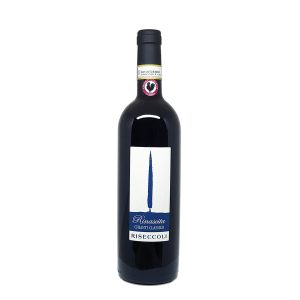Merlot
There were 25,614 hectares (63,290 acres) of the grape planted in 2000 with more than two-thirds of Italian Merlot being used in Indicazione geografica tipica (IGT) blends (such as the so-called “Super Tuscans”) versus being used in classified Denominazione di origine controllata (DOC) or Denominazione di Origine Controllata e Garantita (DOCG) wines. A large portion of Merlot is planted in the Friuli wine region where it is made as a varietal or sometimes blended with Cabernet Sauvignon or Cabernet Franc. In other parts of Italy, such as the Maremma coast in Tuscany, it is often blended with Sangiovese to give the wine a similar softening effect as the Bordeaux blends.
Italian Merlots are often characterized by their light bodies and herbal notes. Merlot’s low acidity serves as a balance for the higher acidity in many Italian wine grapes with the grape often being used in blends in the Veneto, Alto Adige and Umbria. Global warming is potentially having an influence on Italian Merlot as more cooler-climate regions in northern Italy are being able to ripen the grape successfully while other regions already planted are encountering issues with over-ripeness.
According to Master of Wine Jancis Robinson, some of the higher quality Italian Merlots are often from vineyards planted with cuttings sourced from France. Robinson describes the style of Fruili Merlots from regarded estates as having potentially a “Pomerol-quality” to them while Merlots from the warm plains of the Veneto can often be over-ripe with high yields giving them a “sweet and sour” quality. Robinson notes that the Merlots from Trentino-Alto-Adige can fall somewhere between those of Friuli and the Veneto.
Showing all 6 results
-
Red Wine 紅酒
Cielo e Terra, Casa Defra’, Merlot D.O.C. 2023
Original price was: $94.0.$90.0Current price is: $90.0. Add to cart -
Red Wine 紅酒
Poggio Salvi, Chianti Colli Senesi D.O.C.G. 2020
Original price was: $137.0.$115.0Current price is: $115.0. Add to cart -
Red Wine 紅酒
Riseccoli, Chianti Classico Riserva D.O.C.G. 2017/2020
Original price was: $431.0.$364.0Current price is: $364.0. Add to cart -
Red Wine 紅酒
Riseccoli, Saeculum, Toscana I.G.T. 2015
Original price was: $529.0.$476.0Current price is: $476.0. Add to cart






